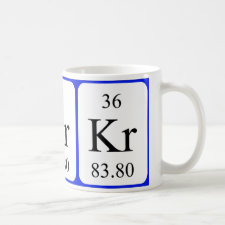
Authors: de Brito TP, de Aguiar DVA, Pereira I, Vaz BG
Article Title: Determining Methamphetamine in Urine by Molecularly Imprinted Polymer Assisted Paper Spray Ionization Mass Spectrometry.
Publication date: 2021
Journal: Journal of the Brazilian Chemical Society
Volume: 32
Issue: (2)
Page numbers: 269-276.
DOI: 10.21577/0103-5053.20200177
Alternative URL: https://www.scielo.br/j/jbchs/a/X78b7hRGVX7xy5fQSmp74vt/?lang=en
Abstract: The usefulness of molecularly imprinted polymer assisted paper spray ionization mass spectrometry (MIP-PSI-MS) for the determination of methamphetamine in urine has been demonstrated. MIP-PSI-MS is a method in which a MIP is synthesized on the surface of a paper, producing a chemically selective paper surface with molecular recognition sites for a target analyte. The analyte is extracted by the MIP substrate, which is posteriorly used for conventional PSI-MS analysis. As methamphetamine is one of the most widely used drugs of abuse in the world, it was selected to be studied in synthetic urine by the MIP-PSI-MS method. Methamphetamine was detected at higher ion signals compared to other different drugs, such as lysergic acid diethylamide (LSD) and cocaine, suggesting that MIP-PSI-MS has a chemical affinity for methamphetamine. In experiments to validate the method, a linear calibration curve was achieved with R-squared (R2) > 0.99. Limit of detection (LOD) and limit of quantification (LOQ) were determined to be 0.8 and 2.8 μg L-1, respectively. Precision (relative standard deviation) and accuracy (relative error) were less than 10%, and the recoveries were close to 100%. The matrix effect was below 10%. These data demonstrate the possibility of using MIP-PSI-MS as an analytical tool for a specific/selective analysis of methamphetamine in forensic sciences.
Template and target information: methamphetamine
Author keywords: Ambient mass spectrometry, Paper spray ionization, molecularly imprinted polymer, Methamphetamine



Join the Society for Molecular Imprinting

New items RSS feed
Sign-up for e-mail updates:
Choose between receiving an occasional newsletter or more frequent e-mail alerts.
Click here to go to the sign-up page.
Is your name elemental or peptidic? Enter your name and find out by clicking either of the buttons below!
Other products you may like:
 MIPdatabase
MIPdatabase









